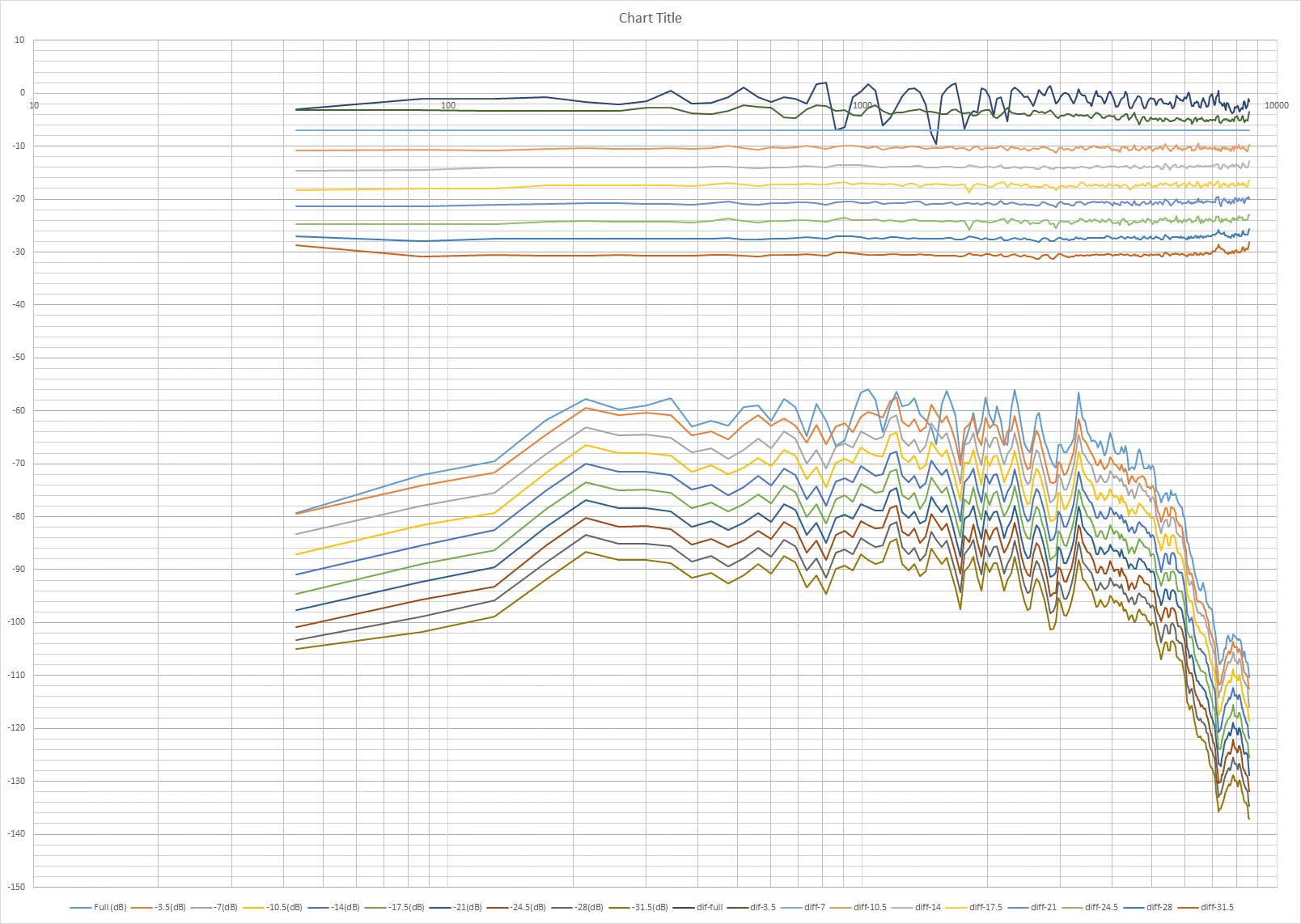Graham G
Well-Known Member
- Joined
- Feb 4, 2018
- Messages
- 252
- Reaction score
- 359
Hi Graham, all good, it seems to be fine then. Do you think this -3db work-round will be helpful overall?
On heat, i think the way these work is more dependent on power than is the actual volume - different physics at play. For example consider 25W (a cranked SV20?), 50W and 100W. There's only a 3db step between each one, which is a small step of volume. But on temperatures, in a thick case, 25W gets warm, 50W can get hot if you thrash continuously but not excessively so, and 100W can get way hot and a fan may be needed. Also, it takes quite a while for the temperature to change as it heats up the case, so the power that heats it up is averaged over maybe 30 minutes.
Hi John, based on yesterdays brief practice session, I think it will be exactly what I need forJ my pub gigs, but i'm at the Merseycats Jam night Tonight(which will be a good test & then Friday we're doing an actual gig so by Saturday i'll have a really good idea if the fixed Stage solution is all I need, right now I think it will be.
I'm thinking of making it a permanent fixture in the back of my Amp, the case I've used is a tiny bit too deep, but I think i'll be able to coax it in there with a big hammer
 .
.I'm also thinking about "hard wiring" inside instead of the y shaped lead, so could I ask a couple of questions ?
My reading of the box I've built now is i'm not using the switching(permanently on) & i'm not using the original speaker out Jack, so could I hard wire the circuit in the following way ?
wire resistors 3-5-7 to 4-6-8 ?, it looks to me like this would work to by pass the switches in the On position.
Also could I disconnect the leads from resistors 7-8 from the original speaker Jack(not now used) & then use the jack for my internal Y wiring ?.
I'll report back on Saturday after my gigs.

Thanks John. How's the D button idea coming along ?
 .
.
Last edited:













